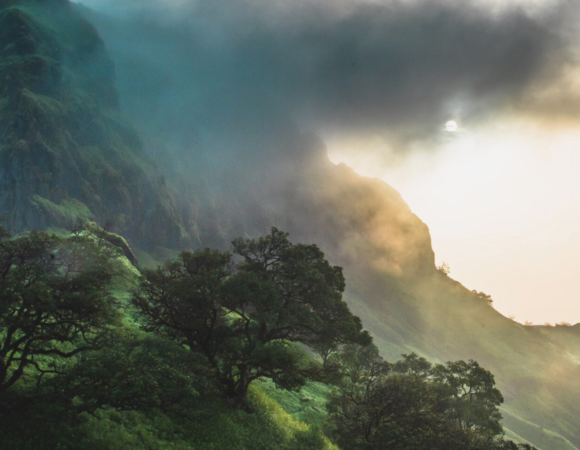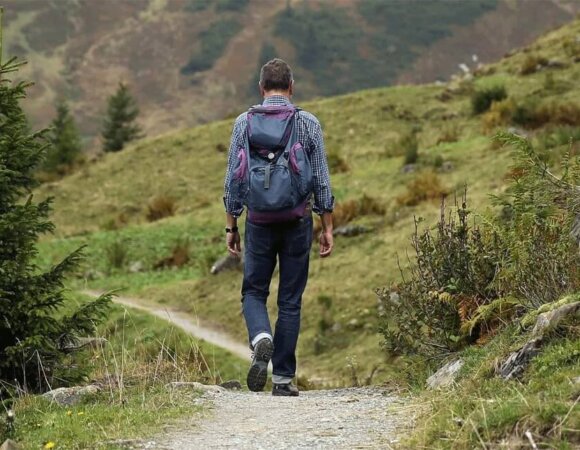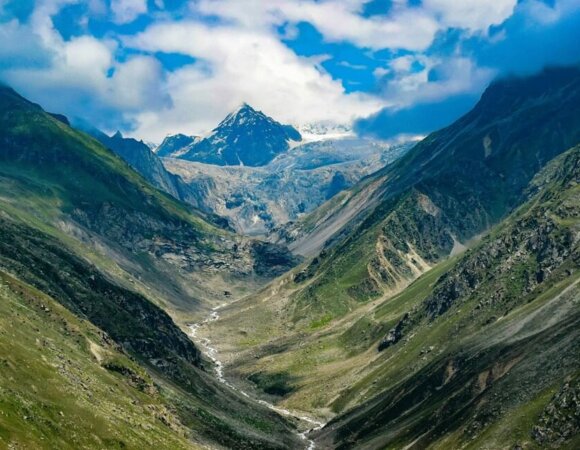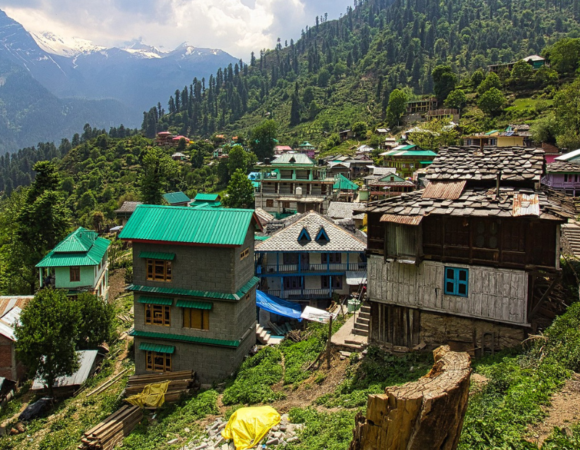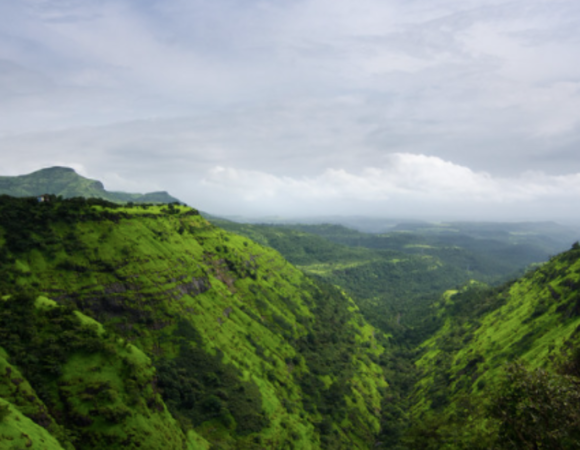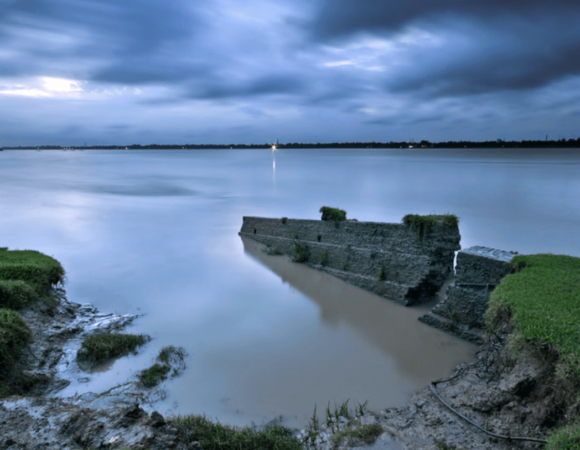Why Drinking Alcohol at High Altitude is a Bad Idea
Drinking alcohol at high altitude significantly intensifies dehydration, worsens altitude sickness symptoms, and impairs judgment when your body already struggles with lower oxygen levels. This combination creates serious health risks many travelers don’t anticipate.
Table of Contents
Toggle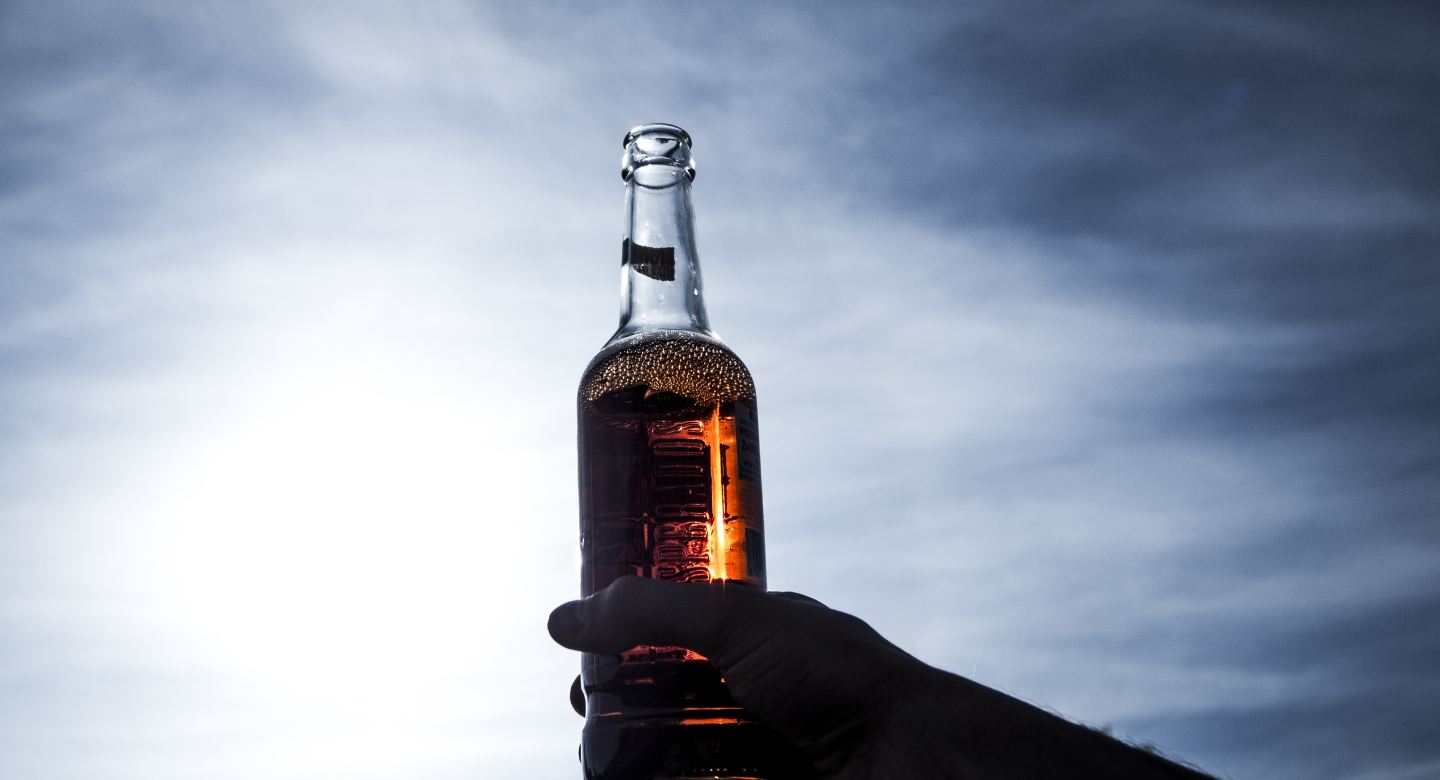
Have you ever wondered why that one drink hits differently when you’re on a mountain vacation? There’s science behind it. Drinking alcohol at high altitude creates a perfect storm of physiological challenges that your body isn’t prepared to handle. Whether you’re planning a ski trip to Uttarakhand, hiking in the Himalayas, or simply traveling to an elevated destination, understanding how alcohol affects you differently at elevation could save you from a ruined vacation—or worse.
High altitude environments already stress your body in multiple ways. When you add alcohol to the equation, you’re essentially doubling down on risk factors that can lead to dangerous situations. This comprehensive guide explores why drinking alcohol at high altitude requires extra caution and how you can still enjoy your mountain getaway safely.
How High Altitude Affects Your Body
Before we discuss alcohol specifically, let’s understand what happens to your body at high altitude:
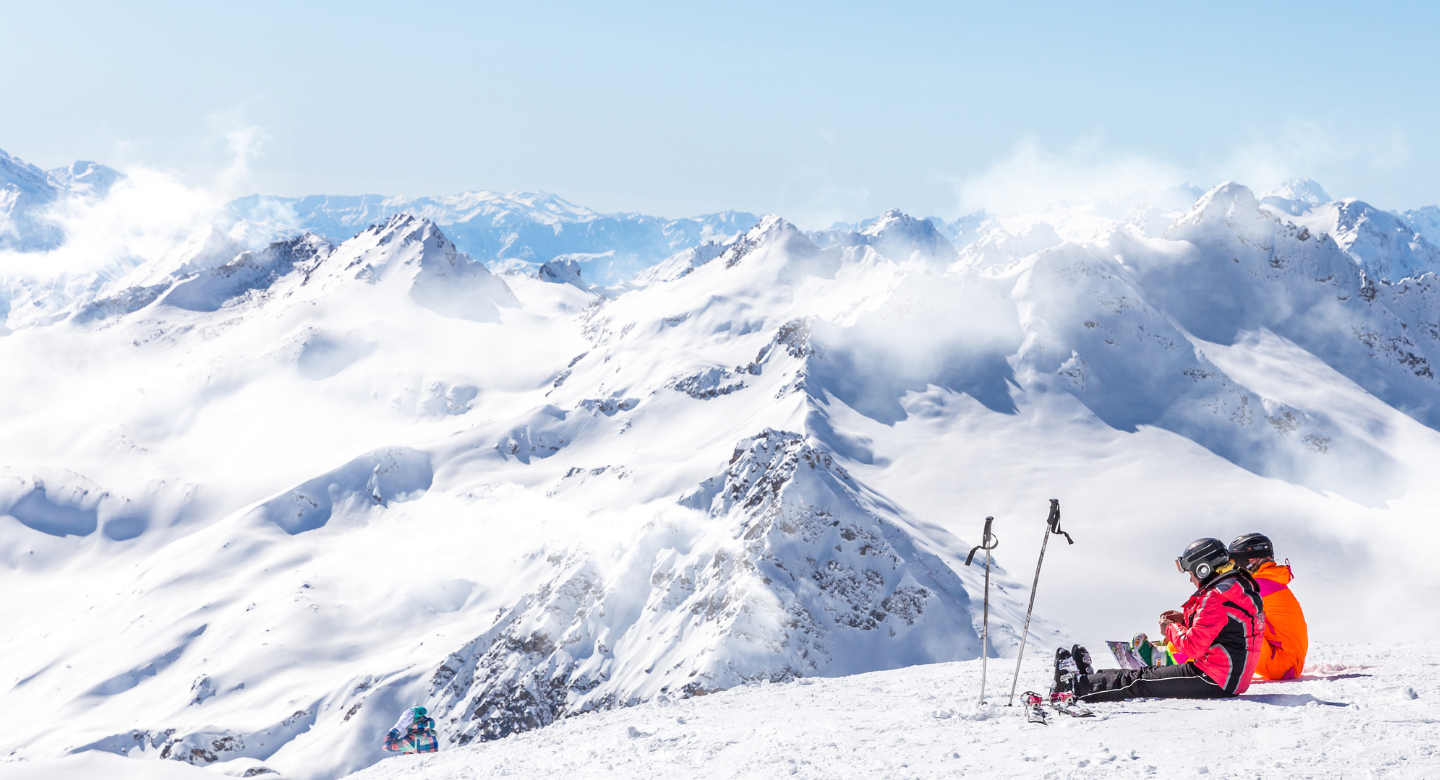
- Oxygen levels decrease as elevation increases, forcing your lungs and heart to work harder. This means you’ll breathe faster and your heart will pump more rapidly even at rest.
- Dehydration occurs more rapidly due to increased respiratory rate and lower humidity. You lose more moisture with each breath in the dry mountain air.
- Your body produces more red blood cells to compensate for reduced oxygen. This natural adaptation takes time and energy your body must divert from other functions.
- Metabolic processes change as your body adapts to the new environment. Your digestion may slow while your body prioritizes more critical functions.
These natural responses begin at elevations around 5,000 feet (1,500 meters) and become more pronounced as you ascend. Many popular ski resorts and mountain destinations sit between 7,000-12,000 feet, well within the range where these physiological changes become noticeable.
The Double-Whammy: Alcohol + Elevation
When you consume alcohol at high altitude, you create a dangerous multiplier effect. Drinking alcohol at high altitude essentially compounds every challenge your body is already facing from the elevation alone.
Accelerated Dehydration
Dehydration is perhaps the most immediate concern when drinking alcohol at high altitude. Here’s why this combination is particularly problematic:

- Alcohol is a diuretic, increasing urine production and fluid loss. Your kidneys filter more water into your bladder instead of retaining it where needed.
- High altitude environments are typically drier with lower humidity. The air literally pulls moisture from your body through your skin and lungs.
- Your breathing rate increases at elevation, causing more moisture loss through respiration. Each exhaled breath contains water vapor your body can’t afford to lose.
- Symptoms of dehydration often mirror altitude sickness, making it difficult to identify the cause. This confusion can delay proper treatment for either condition.
The dehydration from alcohol issues can quickly escalate at high altitude because your body is already working overtime to maintain proper hydration. What might be mild dehydration at sea level can become severe much faster when you’re on a mountain.
Intensified Alcohol Effects
Have you noticed feeling tipsy faster on a ski trip? There’s a reason for that. Drinking alcohol at high altitude produces stronger effects with less alcohol:
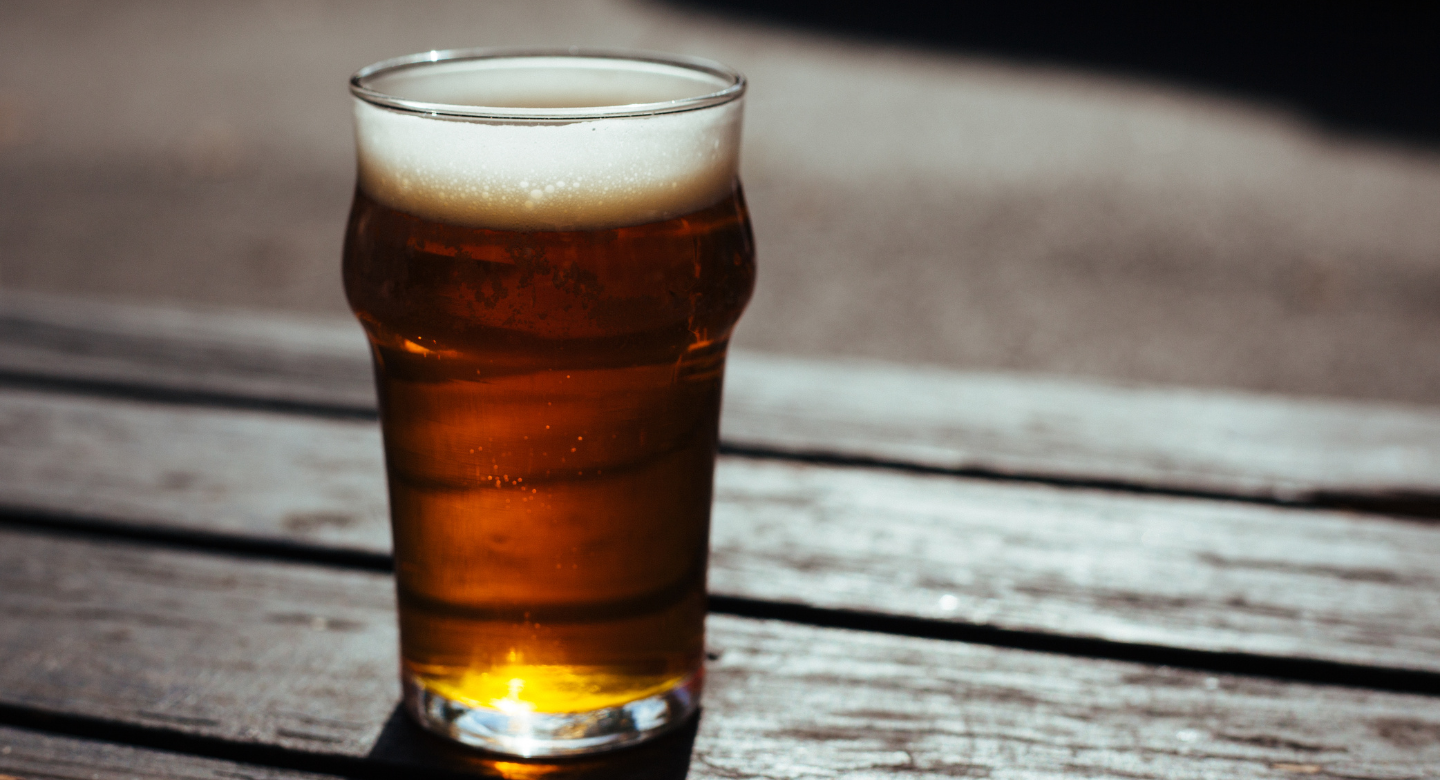
- Lower oxygen levels impair your liver’s ability to metabolize alcohol efficiently. Your liver requires adequate oxygen to process alcohol, which is in shorter supply at elevation.
- Blood alcohol concentration (BAC) rises more quickly at elevation. Studies show BAC can be 30-50% higher at high altitude compared to sea level with identical alcohol consumption.
- The same amount of alcohol that would be safe at sea level can cause impairment at high altitude. Your usual “safe” two drinks might affect you like three or four would normally.
- Coordination and judgment become compromised faster, creating safety risks during activities like skiing or hiking. This impairment happens more subtly, often before you realize it.
Research suggests that alcohol’s effect can be up to three times stronger at high elevations. This means your usual two-drink limit might feel more like six drinks when you’re at a mountain.
Worsened Altitude Sickness
Altitude sickness (Acute Mountain Sickness or AMS) is already a concern for many travelers to elevated destinations. Alcohol issues dramatically increase both the likelihood and severity of altitude sickness:

- Alcohol disrupts sleep quality, which is already compromised at high altitude. Deep sleep phases critical for recovery are reduced, leaving you more vulnerable to altitude effects.
- The dehydrating effects of alcohol worsen altitude sickness symptoms. Proper hydration is your first defense against altitude sickness, and alcohol undermines this protection.
- Headaches from drinking compound with altitude-induced headaches. This combination can create severe pain resistant to over-the-counter remedies.
- Nausea and digestive issues—common with both alcohol and altitude sickness—become more severe. Your digestive system functions less efficiently at altitude even before alcohol is introduced.
The most concerning aspect is that alcohol can mask the early warning signs of serious altitude-related conditions, potentially delaying treatment when it’s most critical.
Real Dangers of Drinking Alcohol at High Altitude
The risks of combining alcohol with high altitude environments extend beyond just feeling unwell:
Impaired Decision Making
When faced with mountain weather changes or navigational challenges, clear thinking is essential. Drinking alcohol at high altitude significantly impairs:
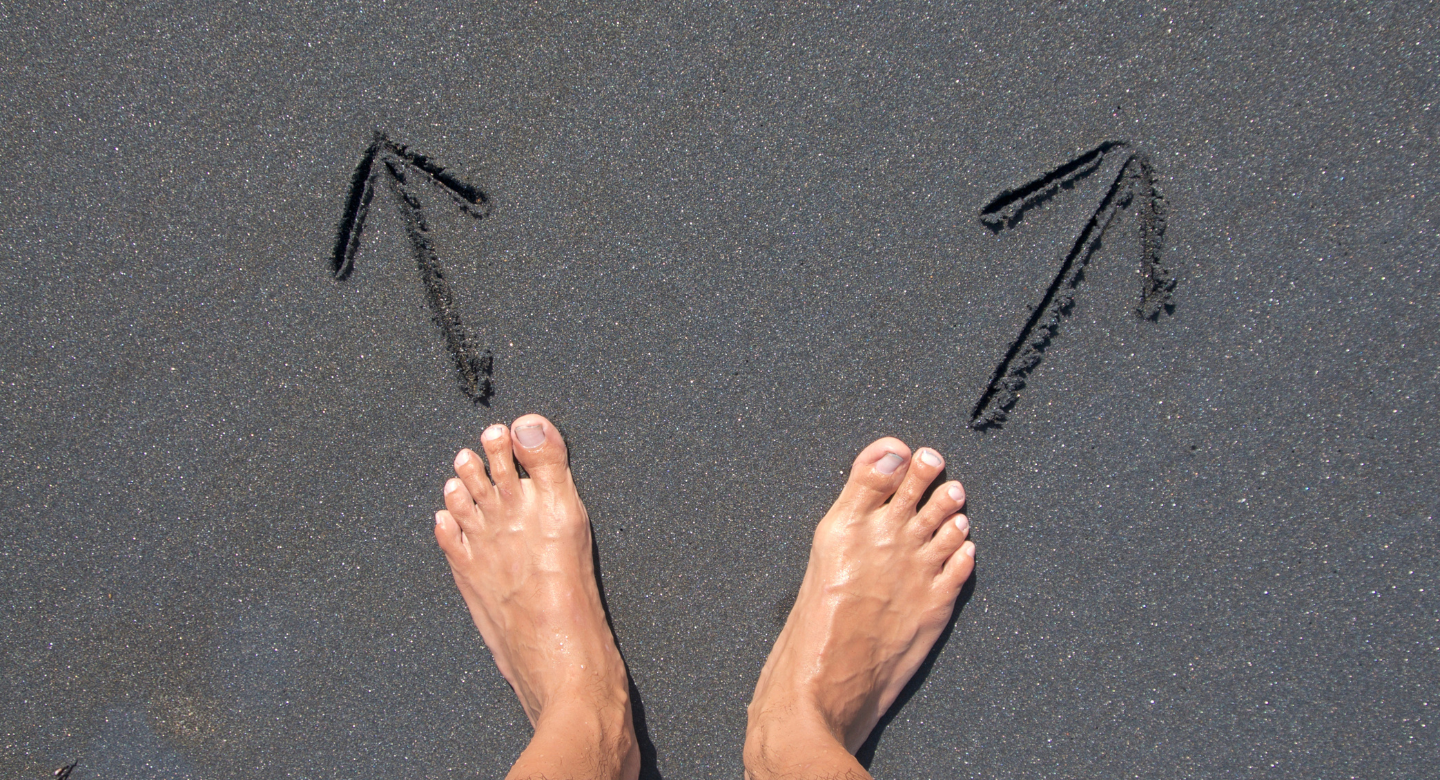
- Reaction time and coordination for driving mountain roads. Mountain driving requires constant attention to curves, wildlife, and changing conditions that alcohol makes more difficult.
- Ability to assess risks during outdoor activities. What might seem like a manageable slope or crossing while impaired could actually present serious dangers.
- Judgment regarding appropriate clothing for changing conditions. Mountain weather can shift dramatically in minutes, requiring quick adaptation alcohol may prevent.
- Recognition of early symptoms of serious altitude-related illnesses. Critical warning signs might be dismissed as “just from drinking” when immediate action is needed.
These impairments create particularly dangerous situations in remote areas where help may not be readily available.
Exacerbated Cold Exposure
Contrary to popular belief, alcohol doesn’t actually warm you up:

- Alcohol causes blood vessels to dilate, creating temporary warmth but actually accelerating heat loss. This vasodilation sends blood to your skin where heat escapes more quickly.
- The sensation of warmth can prevent you from recognizing dangerously low body temperatures. Your body’s natural warning system becomes compromised precisely when you need it most.
- High altitude environments often have extreme temperature fluctuations, requiring quick adaptation. The temperature can drop rapidly after sunset, catching unprepared drinkers off guard.
- Hypothermia risk increases significantly when alcohol issues combine with high altitude exposure. Your core temperature drops faster while your perception of cold decreases.
The “warming” drink that might seem appealing on a cold mountain evening could actually increase your risk of cold-related injuries.
Disrupted Acclimatization
Your body needs time to adjust to high altitude through a process called acclimatization. Drinking alcohol at high altitude interferes with this natural adaptation:
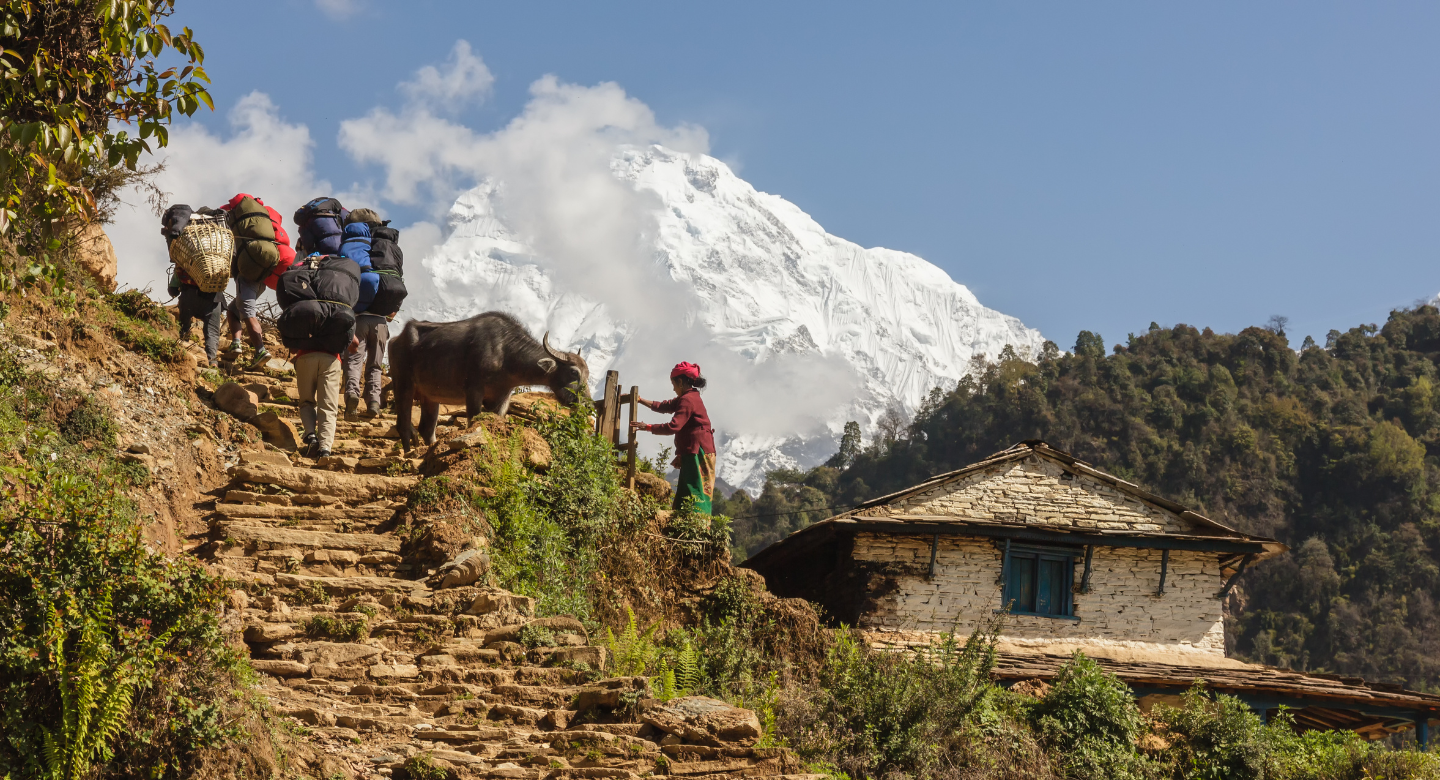
- Alcohol disrupts sleep patterns necessary for recovery and adaptation. Your body performs critical adaptation processes during deep sleep cycles that alcohol inhibits.
- Respiratory depression from alcohol reduces your already limited oxygen intake. Even mild respiratory depression from alcohol compounds the oxygen deficit at altitude.
- Dehydration from drinking makes acclimatization more difficult and prolonged. Your body needs optimal hydration to efficiently produce additional red blood cells needed for adaptation.
- The body’s ability to produce extra red blood cells (a key adaptation) is compromised. This process requires proper kidney function, which alcohol temporarily impairs.
By disrupting acclimatization, alcohol essentially resets your body’s adjustment clock, potentially extending the uncomfortable adaptation period.
Common Scenarios and Risks
Let’s examine specific high-risk situations where drinking alcohol at high altitude creates particular dangers:
Skiing and Snowboarding
These popular mountain activities already carry inherent risks. Adding alcohol increases dangers through:

- Reduced coordination and balance on challenging terrain. Even expert skiers rely on complex motor skills that alcohol impairs at lower blood concentrations at altitude.
- Slowed reaction time when navigating around other skiers. Split-second decisions on crowded slopes require full cognitive function alcohol diminishes.
- Impaired judgment when assessing trail difficulty. The black diamond run that might challenge your sober skills becomes potentially deadly when impaired.
- Decreased awareness of early signs of frostbite or hypothermia. Exposed skin on cold lifts presents real danger when alcohol prevents normal temperature perception.
Many ski-related injuries occur in the afternoon—coincidentally when many people might have had a “lunch beer” or two.
Hiking and Mountaineering
Wilderness activities require constant attention to safety. High altitude alcohol issues create specific hazards:
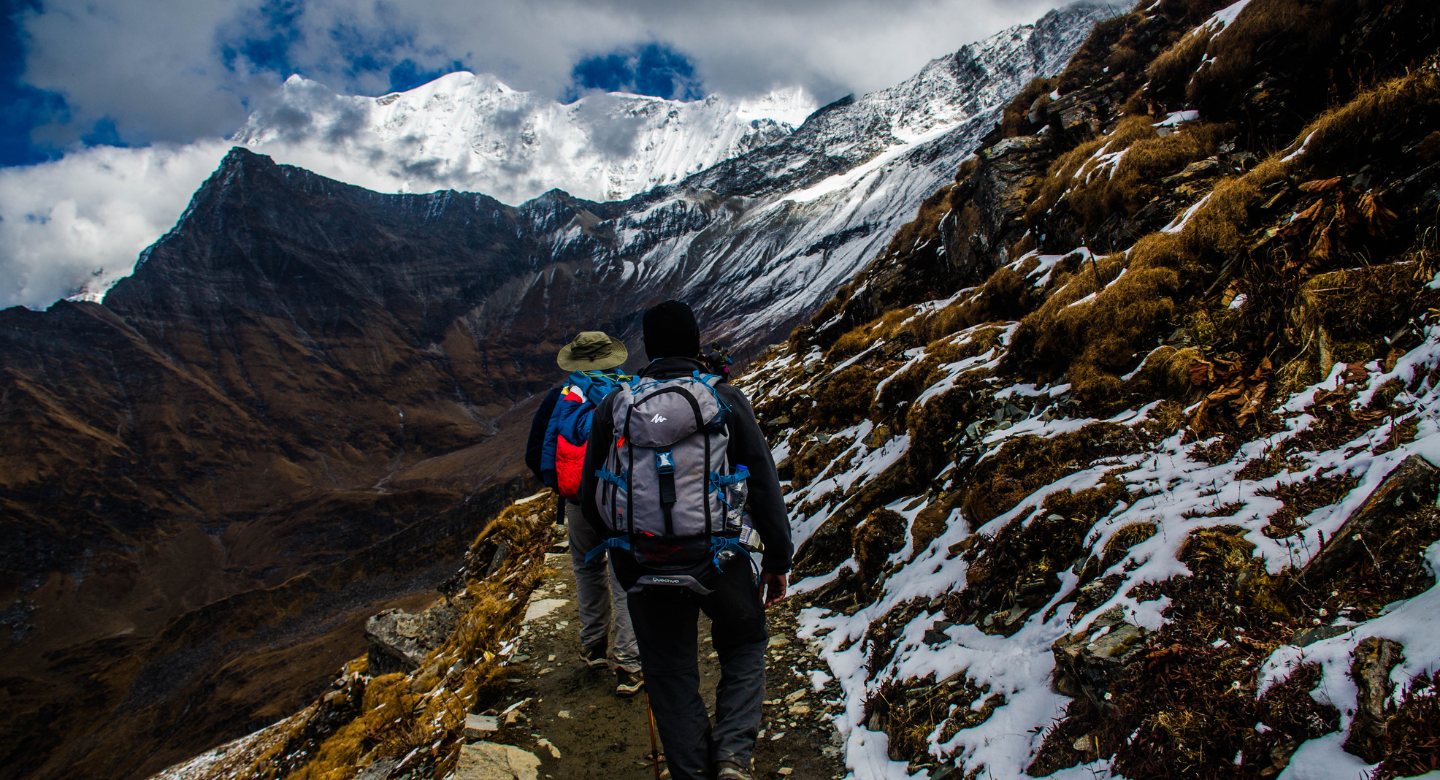
- Navigation errors become more likely with even slight impairment. Missing a trail marker or misreading a map can lead to dangerous situations quickly in remote areas.
- Recognition of hazardous weather changes may be delayed. Mountain storms can develop rapidly, requiring quick decisions alcohol may cloud.
- Physical exertion becomes more dangerous with alcohol-induced dehydration. Your cardiovascular system works harder at altitude, a strain exacerbated by alcohol’s effects.
- Emergency response capabilities are diminished. Self-rescue requires clear thinking and physical coordination that alcohol compromises precisely when most needed.
Even experienced hikers and climbers can find themselves in dangerous situations when alcohol affects their performance and decision-making.
Sleep at Elevation
Quality sleep is already challenging at high altitude. Alcohol makes it worse:
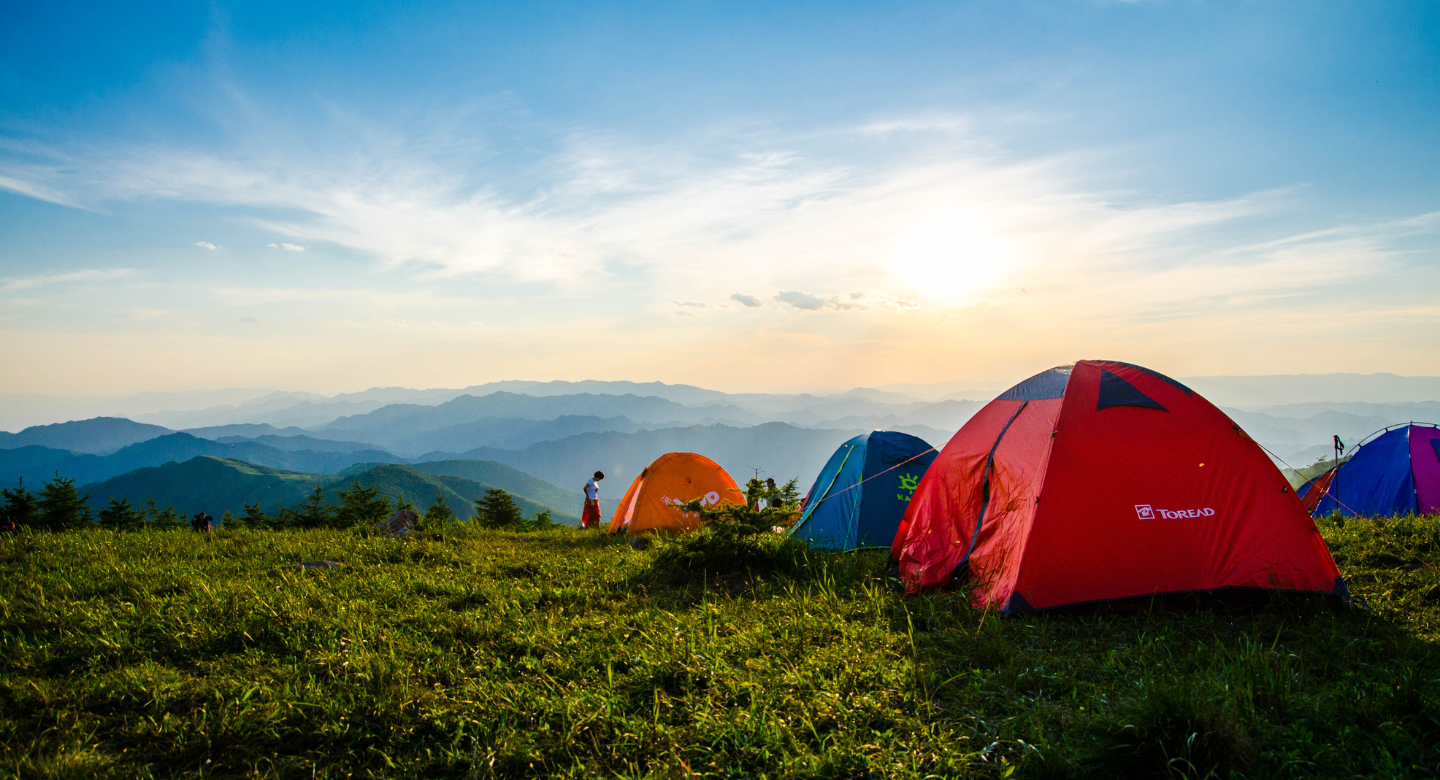
- While alcohol might help you fall asleep, it severely disrupts deep sleep cycles. You may feel you’ve slept a full night but wake unrefreshed and less adapted to the altitude.
- Sleep disruption worsens altitude adjustment and recovery. Your body does its most important adaptation work during deep sleep phases alcohol prevents.
- Poor sleep compounds fatigue and impaired judgment the following day. Sleep deficits accumulate, making each day at altitude progressively more difficult.
- Sleep apnea—already more common at high altitude—becomes more severe with alcohol. Brief breathing stoppages occur more frequently, further reducing oxygen levels in your bloodstream.
The “nightcap” that seems helpful might actually ensure a miserable night and a dangerous next day.
Scientific Perspective on Alcohol at Altitude
Research has provided clear evidence about the dangers of drinking alcohol at high altitude:

- Studies show BAC can increase by up to 50% at elevations above 8,000 feet. This effect occurs without increasing the amount consumed, creating an unexpected level of impairment.
- Research on mountain rescue incidents indicates alcohol involvement in a significant percentage of accidents. Search and rescue data consistently shows alcohol as a contributing factor in mountain emergencies.
- Medical data demonstrates stronger correlation between dehydration and alcohol consumption at elevation. Clinical measures of hydration status worsen more rapidly with alcohol at altitude than at sea level.
- Cognitive tests reveal greater impairment from equal amounts of alcohol at high altitude versus sea level. Reaction time, memory, and decision-making all show more significant degradation at elevation.
These findings consistently support the recommendation to reduce alcohol consumption or abstain entirely when at high elevations.
Practical Advice for High Altitude Travelers
If you’re planning a trip to high altitude destinations, consider these guidelines:
Acclimatization Period
Give your body time to adjust before considering alcohol:
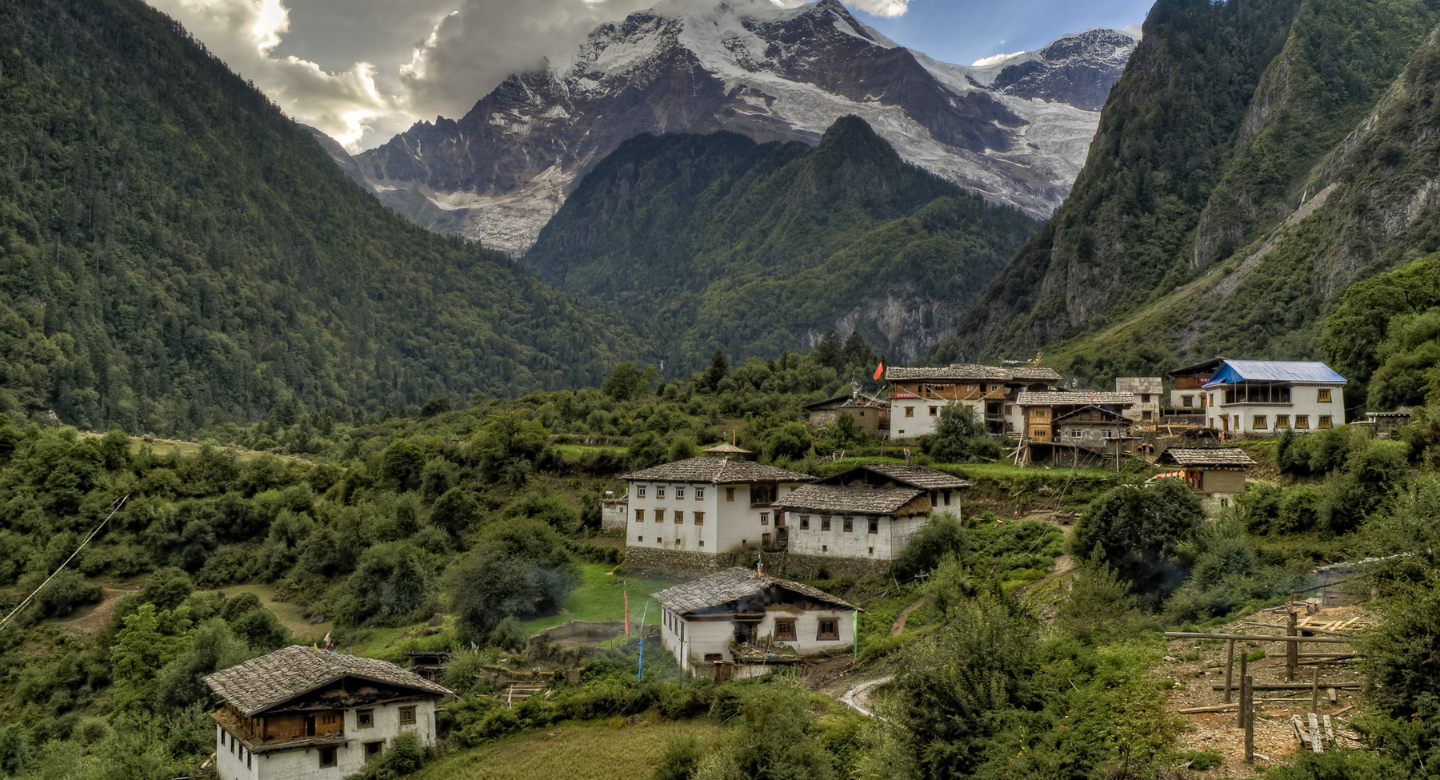
- Allow at least 24-48 hours of alcohol-free adjustment at high altitude. This gives your respiratory and circulatory systems time to begin adaptation processes.
- Focus on hydration during the initial acclimatization period. Consume at least 3-4 liters of water daily to support your body’s adaptation mechanisms.
- Monitor for any altitude sickness symptoms before adding alcohol to the mix. Headache, nausea, fatigue, or sleep disturbances indicate your body is still adjusting.
- Consider postponing drinking until you’ve reached your highest planned elevation. Each increase in altitude requires additional adaptation time before alcohol can be tolerated better.
This patience can significantly improve your overall experience and safety.
Hydration Protocol
Combat the dehydrating effects of both alcohol and high altitude:

- Drink at least 3-4 liters of water daily at elevation. This amount should increase with physical activity and alcohol consumption.
- Consume electrolyte-containing beverages between alcoholic drinks. Plain water alone may not replace critical minerals lost through increased urination.
- Monitor urine color—dark yellow indicates dehydration. Aim for light straw-colored urine as a sign of proper hydration.
- Consider carrying a hydration reminder app or marked water bottle. Regular time-based reminders help maintain consistent hydration throughout the day.
The simple act of proper hydration can prevent many alcohol-related issues at high altitude.
Recognition of Warning Signs
Know when to seek help for altitude-related problems that may be exacerbated by alcohol:
- Severe headache unrelieved by over-the-counter medication. This may indicate cerebral edema, a serious altitude-related condition requiring immediate medical attention.
- Confusion, difficulty walking, or slurred speech (beyond expected alcohol effects). These neurological symptoms could signal dangerous brain swelling.
- Shortness of breath at rest. This might indicate pulmonary edema, a potentially life-threatening fluid buildup in the lungs.
- Persistent nausea and vomiting. Inability to keep fluids down creates a dangerous dehydration spiral at altitude.
- Extreme fatigue or inability to stay awake. This could indicate seriously low oxygen levels requiring immediate intervention.
These symptoms may indicate serious altitude sickness requiring immediate medical attention.
Alternatives to Drinking Alcohol at High Altitude
Consider these enjoyable alternatives that won’t compromise your mountain experience:
- Specialty mocktails designed specifically for high altitude enjoyment. Many mountain resorts now offer creative non-alcoholic options with local ingredients.
- Local non-alcoholic beverages unique to mountain regions. Regional specialties like mate tea or specialty coffees provide cultural experiences without alcohol.
- Hot chocolate or specialty coffee drinks for evening relaxation. The ritual and comfort of a warm beverage can replace the social aspect of drinking.
- Herbal teas that support hydration and altitude adjustment. Some blends contain herbs traditionally used to ease altitude adjustment.
Many mountain destinations now offer creative non-alcoholic options that provide the social experience without the risks.
Special Considerations for Different Groups
Certain travelers face additional risks when drinking alcohol at high altitude:
Older Adults
- Decreased kidney function makes dehydration more likely. Age-related changes in kidney efficiency create higher baseline dehydration risk before alcohol is introduced.
- Medication interactions become more problematic at elevation. Many common medications used by older adults have altered effects at altitude that alcohol can further complicate.
- Balance issues may be more pronounced with combined alcohol and altitude effects. Fall risk increases substantially when these factors combine, especially on uneven terrain.
- Recovery from dehydration takes longer. Older bodies require more time to restore proper hydration levels after alcohol consumption.
Those with Medical Conditions
- Heart or lung conditions create higher baseline risk at altitude. These systems are already stressed by lower oxygen, making alcohol’s additional burden potentially dangerous.
- Diabetics may experience more unstable blood sugar with alcohol at elevation. Altitude already affects glucose metabolism, and alcohol further complicates blood sugar control.
- Blood pressure medications can interact differently with alcohol at high altitude. The vasodilation from alcohol combined with some medications can cause dangerous blood pressure drops.
- Sleep apnea becomes more dangerous with alcohol’s respiratory effects. Breathing interruptions worsen with both alcohol and altitude, creating potentially serious oxygen deprivation.
First-Time Visitors to High Altitude
- No personal baseline for how their body responds to elevation. Without previous experience, it’s difficult to distinguish normal altitude symptoms from problematic ones.
- Unfamiliarity with local emergency services and resources. Not knowing where to seek help can delay critical treatment in emergency situations.
- May not recognize warning signs unique to altitude sickness. The unfamiliar symptoms may be incorrectly attributed to alcohol, fatigue, or dehydration.
- Often overestimate their tolerance for alcohol at high altitude. Past experiences at sea level create false confidence about alcohol capacity at elevation.
These groups should be particularly cautious about drinking alcohol at high altitude and consider consulting a healthcare provider before their trip.
Conclusion: Enjoying Mountains Responsibly
The magic of mountain destinations doesn’t require alcohol to be appreciated. While drinking alcohol at high altitude creates significant risks, understanding these dangers allows you to make informed choices that keep your vacation both enjoyable and safe.
Remember that high altitude environments already challenge your body in multiple ways. Adding alcohol compounds these challenges and introduces new risks that can transform a dream vacation into a nightmare. By respecting the unique demands of elevation on your physiology, you can fully experience all that mountain destinations have to offer.
If you do choose to drink alcohol at high altitude, do so with extreme moderation, proper hydration, and awareness of the enhanced effects. Your body—and potentially your life—will thank you for this caution.
The mountains will still be majestic, the views still breathtaking, and the memories still wonderful—perhaps even more so—when experienced with clear-headed appreciation rather than through the added fog of alcohol at elevation.
Frequently Asked Questions (FAQs) on Why Drinking Alcohol at High Altitude is a Bad Idea
Why does alcohol affect me more strongly at high altitude?
At high altitude, your body has less oxygen available, which impairs your liver’s ability to metabolize alcohol. This means alcohol stays in your bloodstream longer, and your blood alcohol concentration (BAC) rises more quickly—by up to 50% at elevations above 8,000 feet. Additionally, your body is already working harder to adjust to the elevation, making it more susceptible to alcohol’s effects.
How much should I reduce my alcohol consumption at high altitude?
A good rule of thumb is to consume no more than half your normal alcohol intake when at high elevation. Consider that one drink at altitude may affect you like two or three drinks at sea level. If you typically enjoy two drinks in an evening at home, limit yourself to one at a mountain destination, especially during the first few days while your body is still adjusting.
Does the type of alcoholic beverage matter at high altitude?
While all alcohol produces similar physiological effects at elevation, some choices are slightly better than others. Lower alcohol content beverages like light beer (rather than high-ABV craft beers or spirits) allow you to better control your intake. Avoid sugary cocktails that can worsen dehydration, and carbonated alcoholic drinks like champagne that may be absorbed more rapidly at altitude.
How can I tell if I’m experiencing altitude sickness or just a hangover?
The symptoms often overlap, which makes this distinction difficult. Altitude sickness typically includes headache, nausea, fatigue, dizziness, and sleep disturbances—very similar to hangover symptoms. The key difference: altitude symptoms typically improve with descent to lower elevation and proper hydration, while hangover symptoms respond to time, hydration, and rest regardless of elevation. If you’ve been drinking, it’s safest to assume both factors may be contributing to your discomfort.
How much water should I drink when consuming alcohol at high altitude?
You should drink at least one full glass of water (8-12 oz) for every alcoholic beverage consumed, and maintain a baseline of 3-4 liters of water daily at elevation regardless of alcohol consumption. Monitor your urine color—aim for light straw-colored urine as an indicator of proper hydration. Electrolyte-containing beverages can also help maintain proper hydration between alcoholic drinks.
How long should I wait after arriving at high altitude before drinking alcohol?
It’s best to avoid alcohol entirely for the first 24-48 hours after arriving at high altitude. This gives your body time to begin the acclimatization process without the additional stress of processing alcohol. If you’re traveling to extremely high elevations (above 8,000 feet), consider extending this alcohol-free period to 72 hours for safer adjustment.
Can certain medications increase the risks of drinking alcohol at high altitude?
Yes, many medications have altered effects at high altitude, and adding alcohol can create dangerous interactions. Blood pressure medications, sleep aids, antihistamines, and some pain relievers can interact more strongly with alcohol at elevation. Always consult with your healthcare provider about specific medication interactions before your trip to high altitude destinations.
Are some people more susceptible to alcohol’s effects at high altitude than others?
Yes, sensitivity varies considerably between individuals. Those with less previous exposure to high altitude, older adults, people with lower body weight, women (who generally have less water content in their bodies than men), and those with certain medical conditions (particularly heart, lung, or liver issues) typically experience stronger effects from alcohol at elevation.
Can drinking alcohol worsen altitude sickness or increase my risk of getting it?
Absolutely. Alcohol consumption significantly increases both your risk of developing altitude sickness and the severity of symptoms if it occurs. The dehydrating effects of alcohol compound the dehydration already common at altitude, while simultaneously disrupting sleep quality that’s crucial for adaptation. Alcohol can also mask early warning signs of serious altitude-related conditions, potentially delaying critical treatment.
What are the best alternatives to alcohol for socializing at high altitude destinations?
Many mountain destinations now offer creative non-alcoholic options that provide the social experience without the risks. Look for specialty mocktails made with local ingredients, regional hot beverages like specialty hot chocolates or mountain herbal teas, craft sodas, or alcohol-free versions of beer and wine that are increasingly available at resort destinations. The ritual and social aspects of sharing these beverages can replace alcohol while supporting safer adaptation to altitude.


